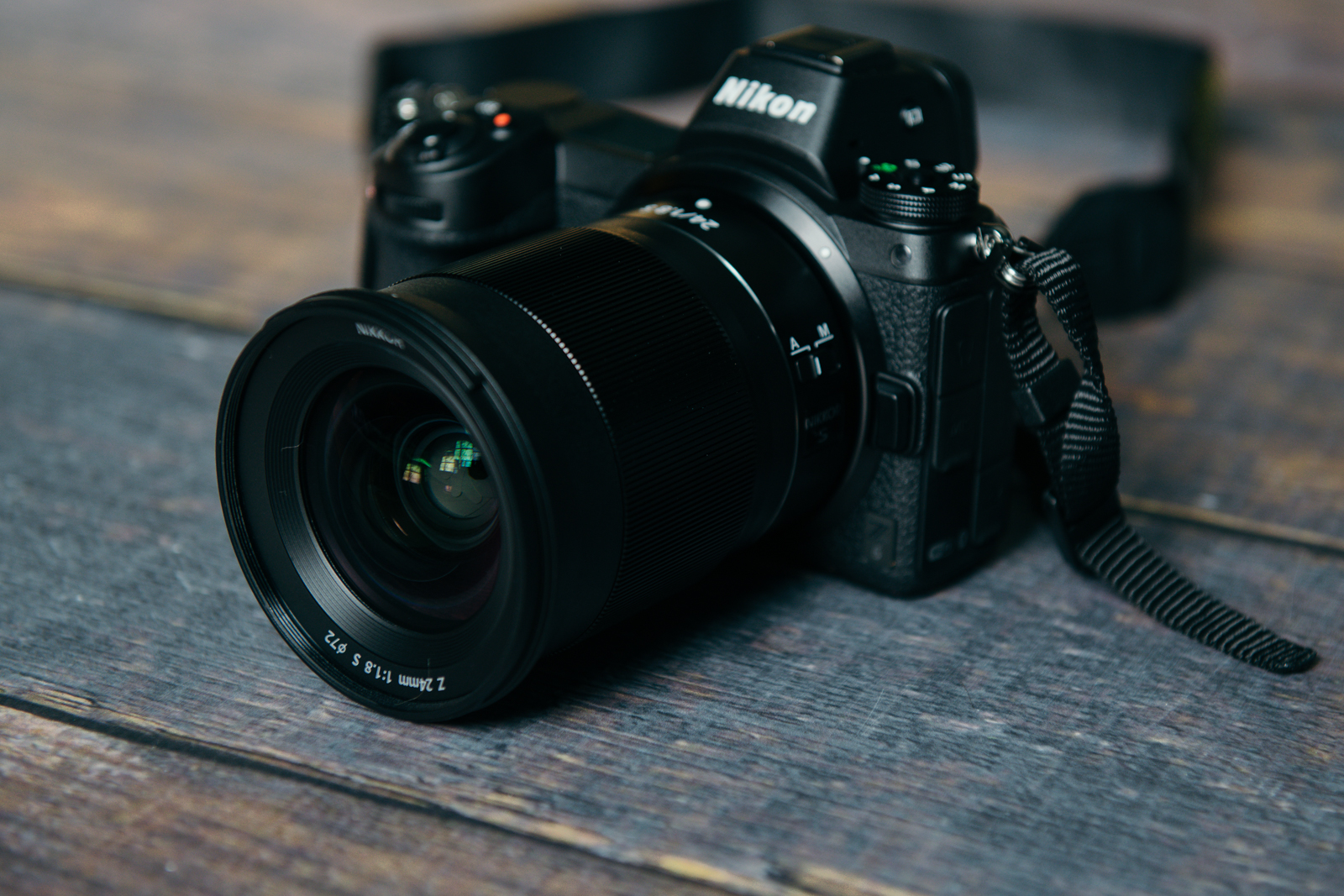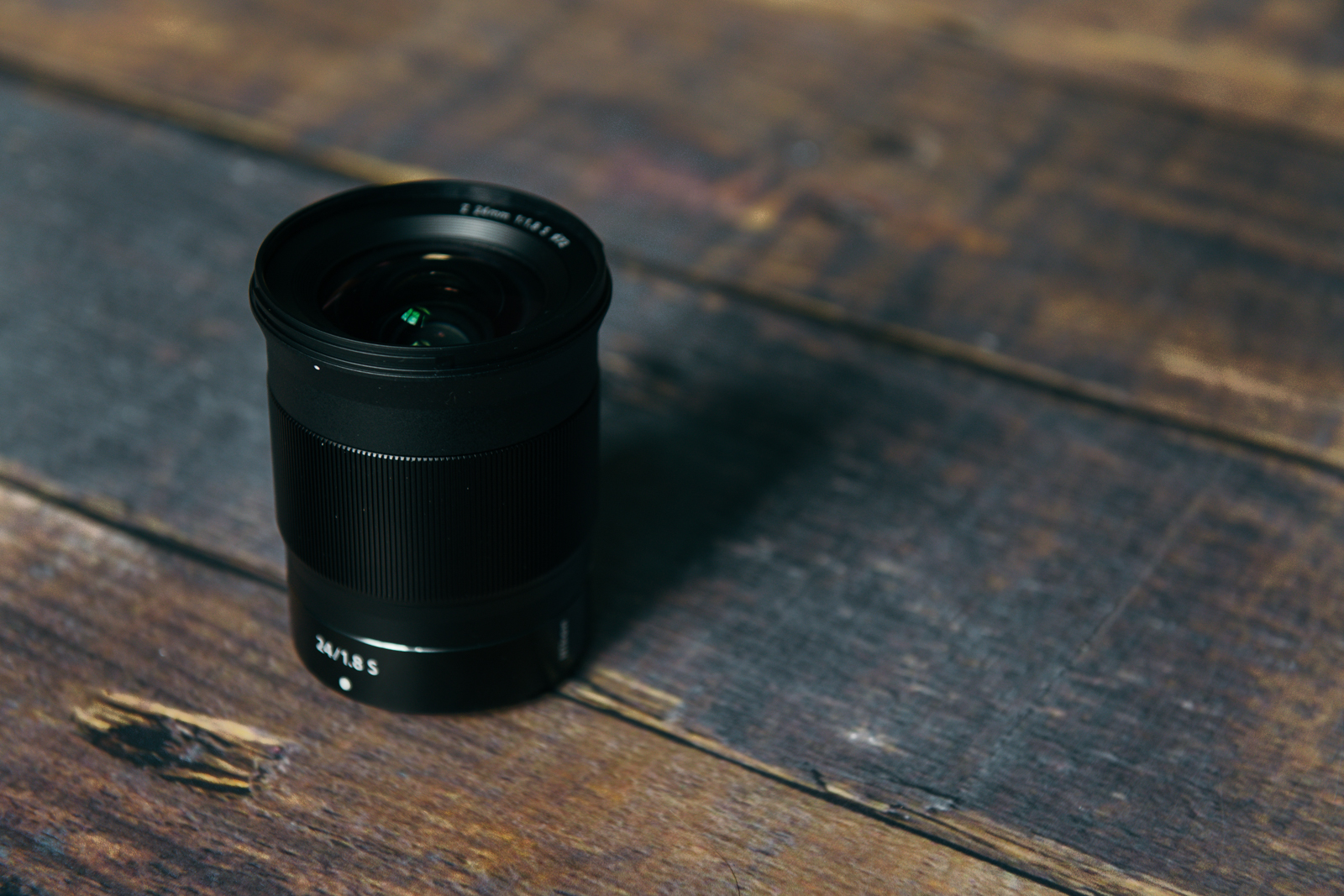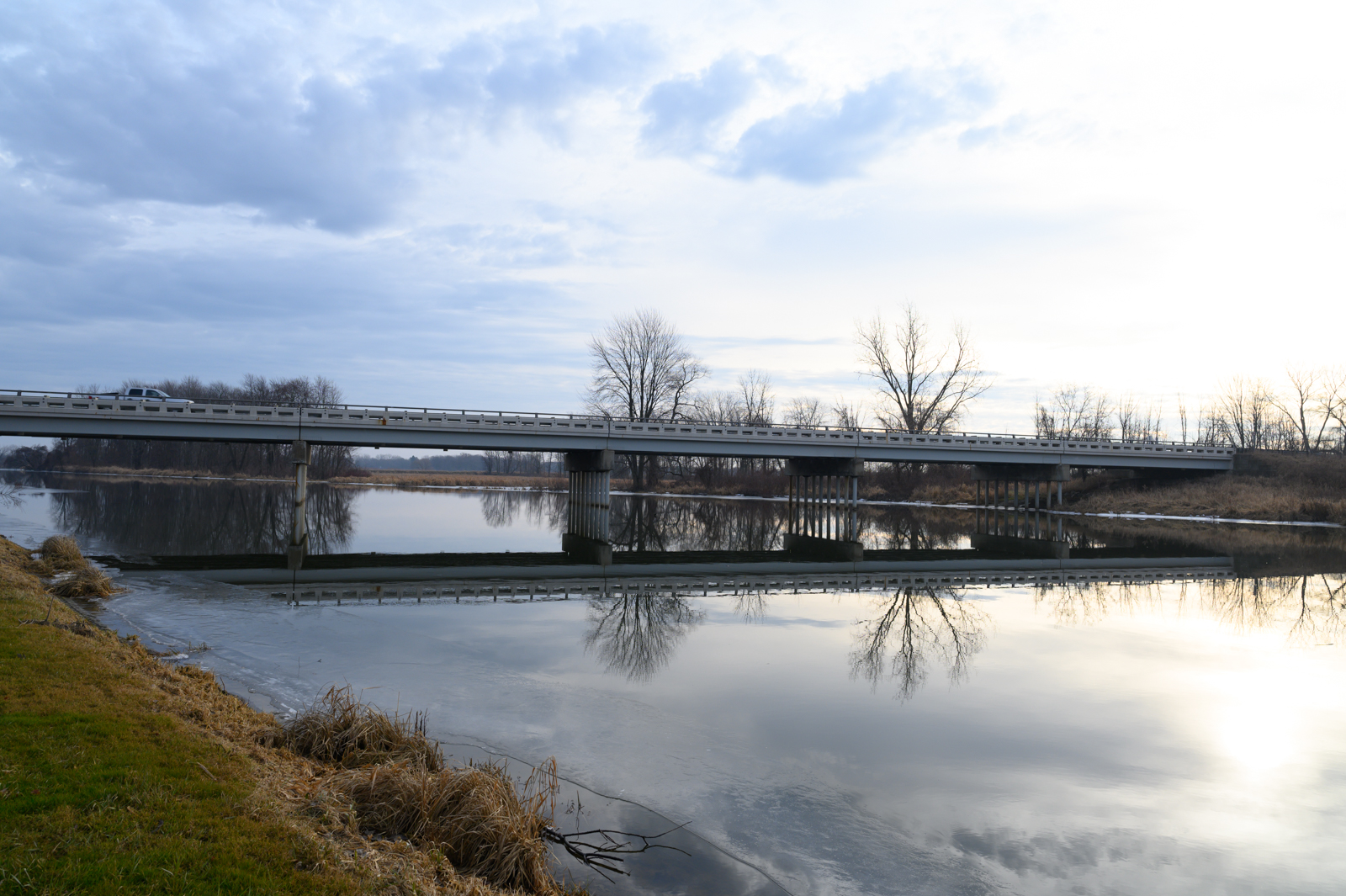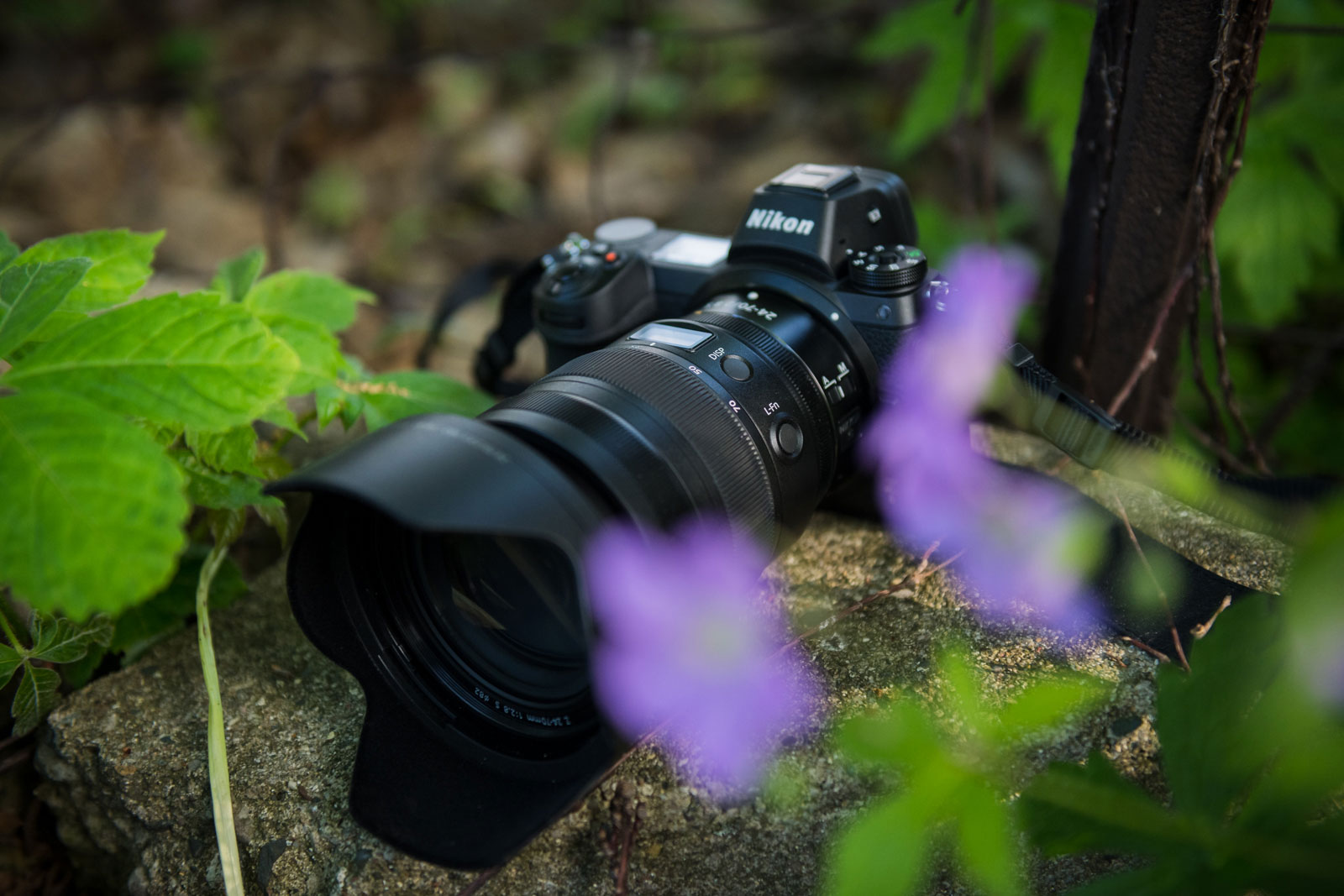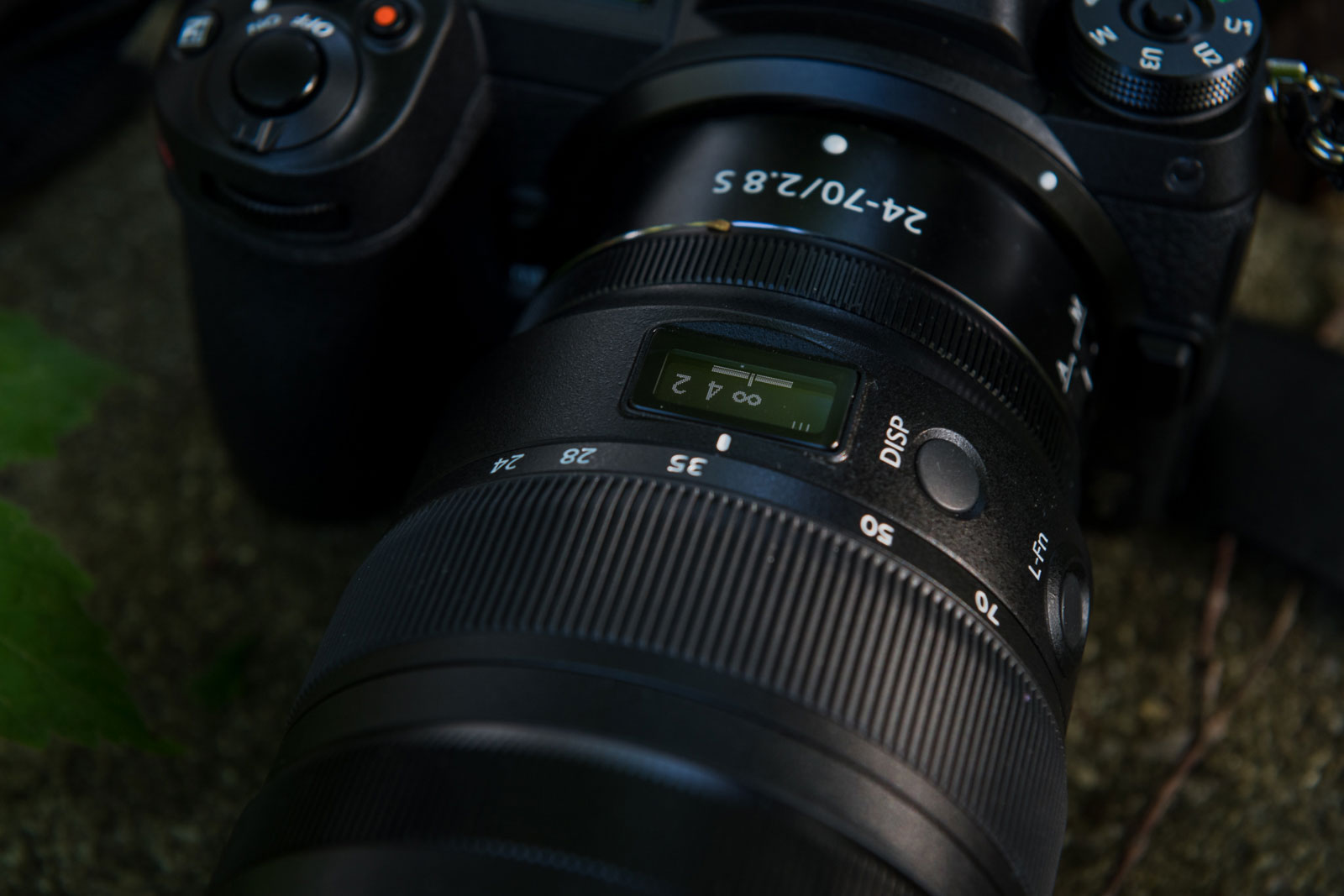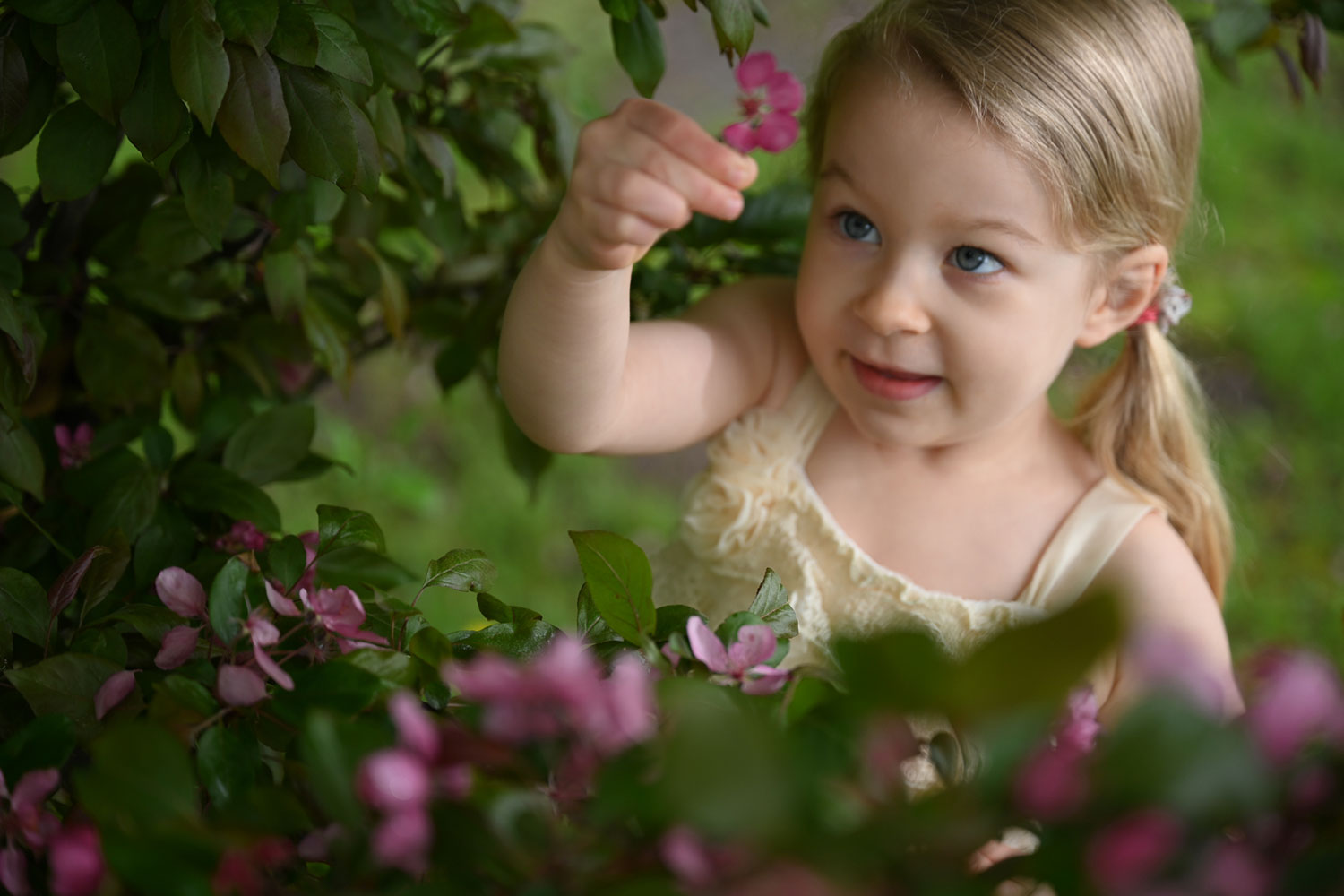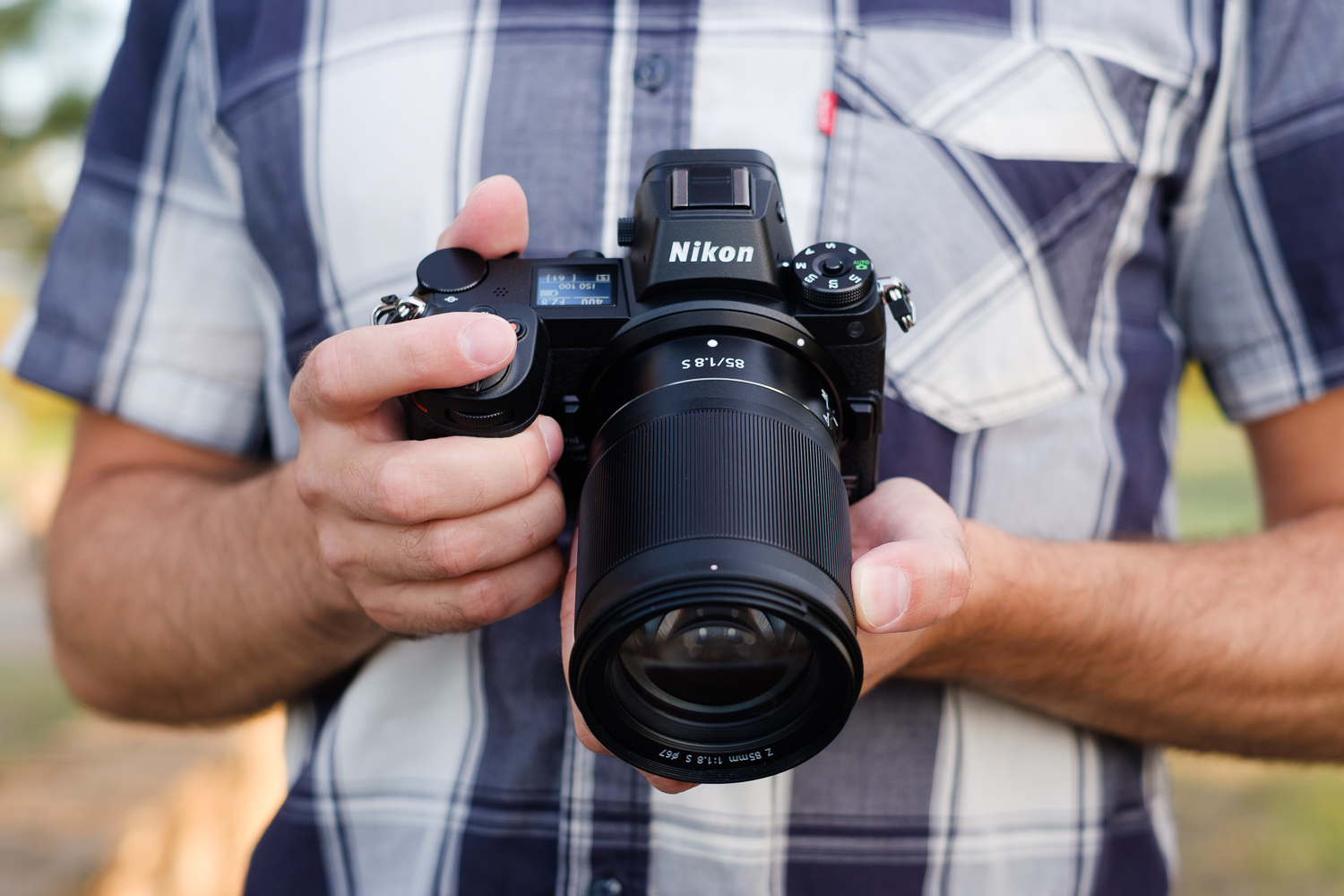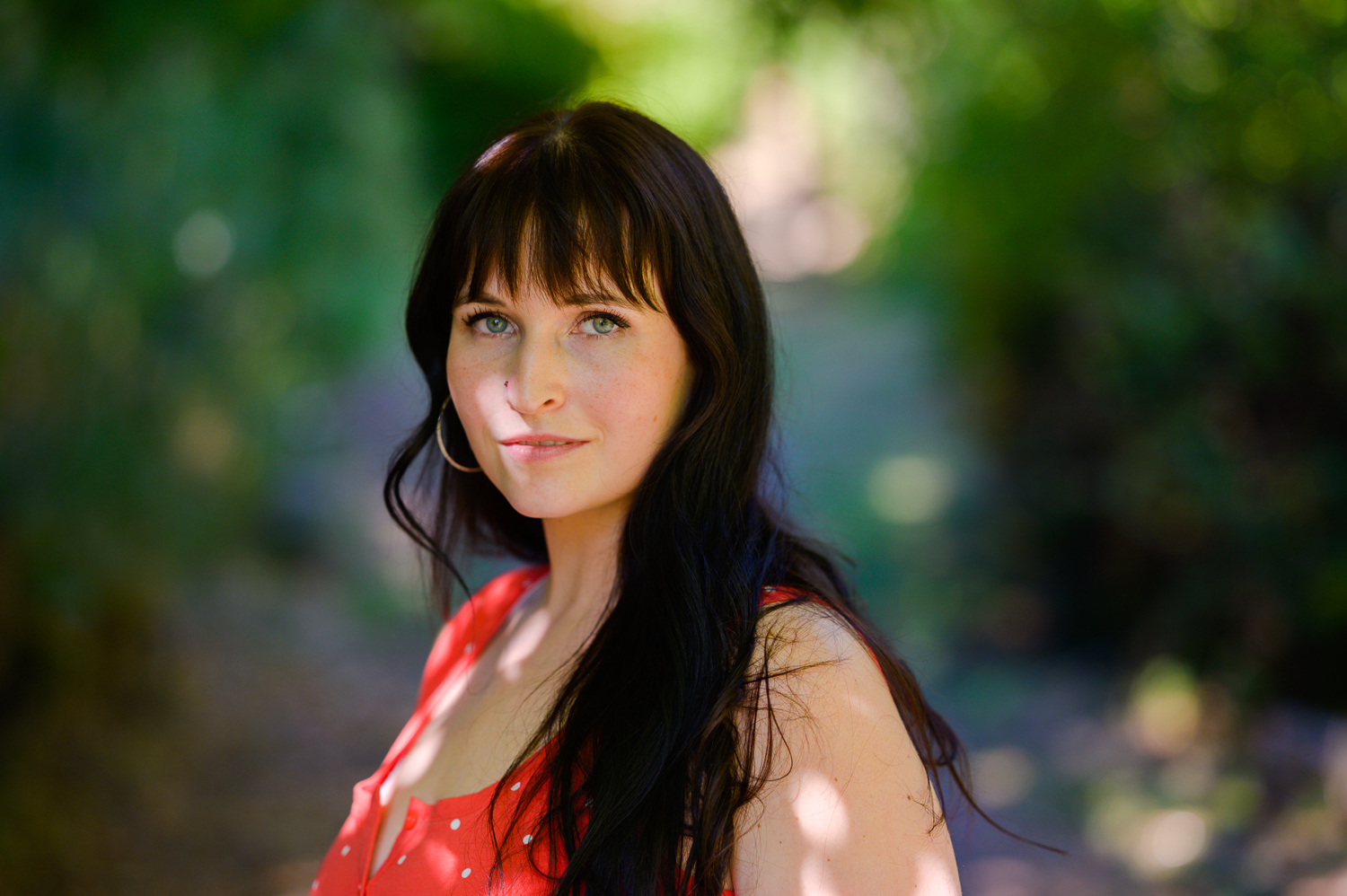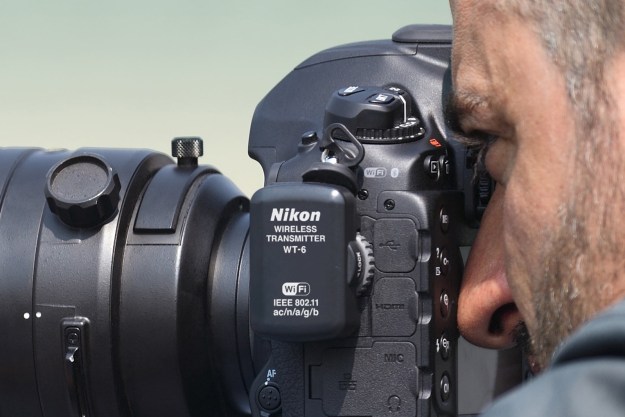The Nikon Z series is in its infancy, yet the mirrorless line already has nearly a dozen native lenses. While you can also use F-mount DSLR lenses via an adapter, the Z-mount lenses are one of the biggest perks to the new mirrorless system. Thanks to a wider mount, shorter flange distance, and improved optical designs, every Z lens that we’ve tested has been exceptionally sharp.
While any Z lens will mount to any Z camera, watch out for lenses with a DX in the name. DX lenses are built specifically for the smaller APS-C sensor of the entry-level Nikon Z 50 and will not fill the frame of the larger Z 6 and Z 7. By contrast, full-frame Z lenses can be used on the Z 50, although the image will be cropped compared to how those lenses look on the Z 6 or Z 7.
While not nearly as varied as Nikon’s F-mount lenses (yet), the Z mount offers excellent sharpness for both prime and zoom lenses. But which ones should you tuck in your bag? Here are the best Nikon Z lenses (so far).
Nikon Nikkor Z 24mm f/1.8 – Best Nikon Z wide-angle lens
Why you should buy this: Exceptional sharpness and minimal distortion.
Who’s it for: Landscape, street, event, and low light photographers — or anyone looking for a bright, wide-angle prime.
Why we picked the Nikon Nikkor Z 24mm f/1.8 S:
Wide-angle lenses are prone to distortion, but you’ll have trouble spotting any in the Nikkor Z 24mm f/1.8. Barrel distortion is minimal, and chromatic aberration (colored fringing around the edges of objects) is equally tough to find. The biggest flaw that’s occasionally noticeable in real-world shooting is a slight vignette, but that’s easy to edit out later.
Like the other Z lenses we’ve tried, this lens offers superior sharpness when compared to the average DSLR lens. Sharpness extends well to the edges, and while f/2.8 is a bit sharper f/1.8, we didn’t have any hesitations shooting wide open.
The Nikkor Z 24mm f/1.8 is weather-sealed and feels very high end. But, that premium fit and finish results in some heft. While designed for mirrorless, the Z 24mm is actually heavier and larger than Nikon’s similar F-mount lens. The extra few ounces, however, are worth the excellent optical performance.
Read our Nikon Nikkor Z 24mm f/1.8 S review
Nikon Nikkor Z 24-70mm f/2.8 S – Best Nikon Z zoom lens
Why you should buy this: A versatile zoom with excellent sharpness and minimal distortion
Who’s it for: This workhorse lens is ideal for pros and serious photo enthusiasts
Why we picked the Nikon Nikkor Z 24-70mm f/2.8 S:
The 24-70mm f/2.8 lens is considered a workhorse by many photographers, thanks to the versatile zoom range and the bright aperture. The Nikkor Z 24mm f/2.8 S is a pro-level lens designed to stand up in several genres, from wedding photography to sports. The Z mount lens is even sharper than Nikon’s similar F-mount version — albeit, more expensive.
Besides the added sharpness, the Z 24-70mm f/2.8 also has little distortion and minimal chromatic aberration. The widest angle has a touch of barrel distortion, while the telephoto end didn’t have any noticeable pincushion distortion. Bokeh is nicely rounded with soft circles, making it a solid choice for portraiture.
Inside, the lens houses two autofocus motors which allow it to perform better than an F-mount lens with an adapter. The autofocus works well even up close or with backlit subjects — a situation where we’ve seen other lenses struggle. Still, this lens didn’t solve the low light autofocus issues with the Z bodies.
As a pro-level lens, the exterior is weather-sealed and feels built to keep shooting for years. The focus scale is actually a mini digital screen — which means it’s still visible in the dark. While pricey, the build quality, versatility, and image quality make the Nikkor Z 24-70mm f/2.8 one of the best Z lenses for pros that can’t afford to take the time to constantly switch between primes.
If you can’t afford the Nikon Nikkor Z 24-70mm f/2.8 lens, the Nikkor Z 24-70mm f/4 is another sharp lens. It doesn’t have the low-light or background blurring power of the f/2.8 version, but it’s much more affordable.
Read our Nikkor Z 24-70mm f/2.8 S review
Nikon Nikkor Z 70-200mm f/2.8 VR S – Best Nikon Z telephoto lens

Why you should buy this: This lens offers an ideal blend of reach, bright aperture, and stabilization
Who’s it for: Sports, wildlife, weddings — any photographer looking for a pro-level telephoto zoom
Why we picked the Nikkor Z 70-200mm f/2.8 VR S:
Nikon has few telephoto options for the Z mount that don’t require an adapter, but the Nikkor Z 70-200mm f/2.8 VR S may be the only telephoto lens you need. It offers 200mm of reach with a bright f/2.8 aperture and is one of the only full-frame Z lenses with image stabilization (which Nikon calls VR, for Vibration Reduction). The lens VR works in combination with internal stabilization on the Z 6 and Z 7 cameras, ensuring that your images remain tack-sharp even at 200mm.
As a new lens available sometime in February, the 70-200mm is one of the few Z lenses that we haven’t tested yet — but if it’s anything like the 24-70mm f/2.8, the lens should deliver some sharp telephoto shots with soft background blur.
As an S series lens, the Nikon Nikkor Z 70-200mm f/2.8 VR S has the same weather-sealing as the 24-70mm, along with that mini screen display for the focus scale that’s visible in the dark, a custom control ring, and two shortcut buttons. This time, the lens is actually less expensive than the F-mount equivalent, but it’s still not cheap.
Read more about the Nikkor Z 70-200mm f/2.8 VR S
Nikon Nikkor Z 85mm f/1.8 S – Best Nikon Z portrait lens
Why you should buy this: Sharp subjects and spectacular bokeh meets a compact design and fair price
Who’s it for: Portrait photographers
Why we picked the Nikkor Z 85mm f/1.8 S:
85mm is a favorite focal length among many portrait photographers — and the Nikkor Z 85mm f/1.8 S is likely to become the most loved lens for Z portrait photographers. Like other Z lenses, the 85mm is optically excellent, but also sits at a reasonable price.
The center-to-edge sharpness is ideal for shooting portraits. Bokeh is soft and — at most apertures — circular without any hard edges. Chromatic aberration is minimal, even shooting wide-open. And while there’s a slight vignette, it doesn’t distract from the image (and can actually be a desired look for portraits).
The 85mm looks similar to the rest of the Z mount primes with a sleek, minimalist design. For the wider aperture and longer focal length, the 85mm is fairly compact and weighs just over a pound. The lens is also weather-sealed.
While the much more expensive Nikkor Z 58mm f/0.95 will churn out stunning portraits for the most high-end professionals, the Nikkor Z 85mm is the lens for the rest of us — at a tenth of the cost.
Read our Nikkor Z 85mm f/1.8 S review
Editors' Recommendations
- Best Sony A7 III deals: Save $300 on the full frame mirrorless camera
- Vloggers, Nikon has built a new camera just for you
- Nikon launches the Z9, a pro-grade camera without a mechanical shutter
- Nikon’s latest optics offer features unique to the Z lens line
- The Nikon Z 5 doubles down on SD card slots despite its entry-level price

